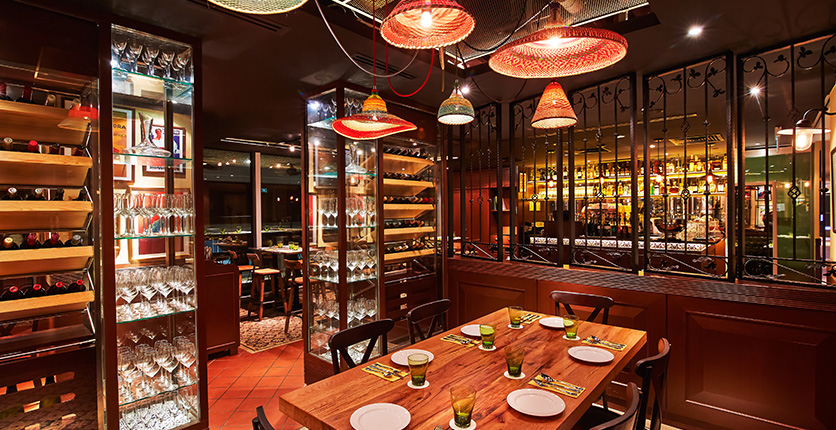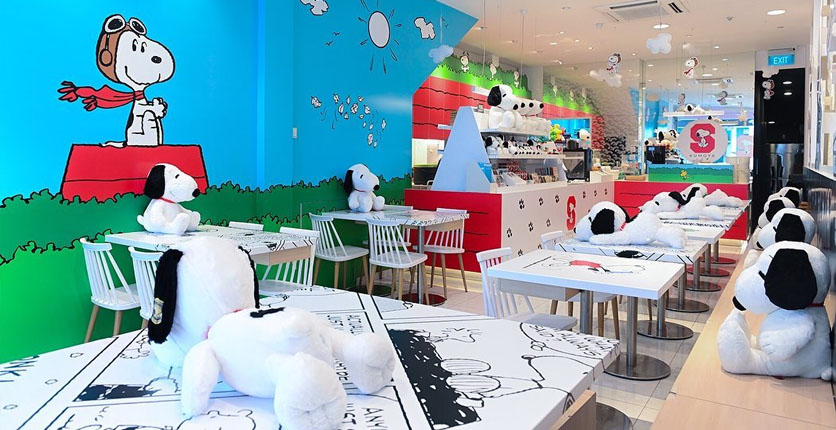It feels almost like an afterthought to ask anyone how different is Spanish tapas from Asian hotpot. Tapas are served up, hot or cold, on bite-sized platters at Spanish bars. On the other hand, Asian hotpot is centred on a boiling pot of broth in which ingredients are added.
It goes without saying that their main differences are rooted in not just geographical but also cultural nuances attached to the two cuisines. Eric Neo, InterContinental Singapore’s Executive Chef, concurs: “The comparisons are vast, as they are completely different cuisines influenced by different cultures originating from different regions.
“As a result, the kinds of ingredients used and the way that they are prepared and, thus, taste would be very different. Similarly, the cultural significance placed on each cuisine would be different to the native diners of the dish.”
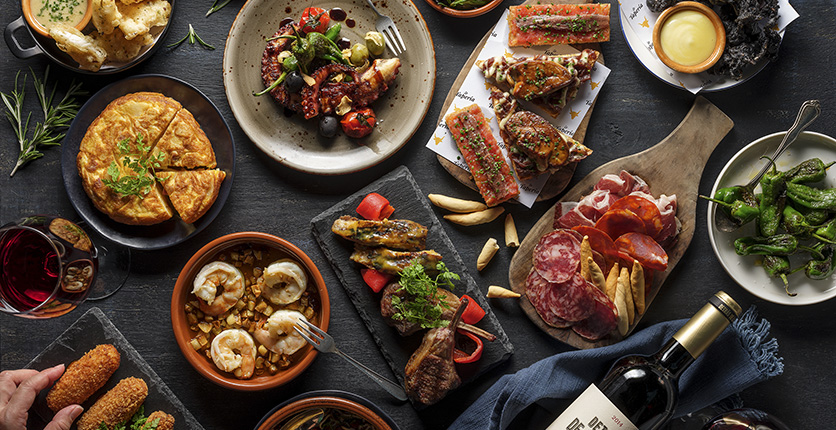
Tapas
Essentially, tapas are Spain’s comfort food. Nuria Gibert, director of Gaig Singapore, which serves up Catalan cuisine, shares: “A tapa is an appetiser or snack in Spanish cuisine and translates to a small portion of any kind.” But tapas fans enjoy the cuisine for another reason, because its allure extends beyond the taste of the Mediterranean: Eating tapas is part of tapeo, or the art of savouring tapas, which is the tradition of stimulating the appetite with friends while drinking.
“The art of tapeo is like a baroque, sybaritic game, as it pleases the five senses by means of multifarious smells, friendly pats on the back, and the sight and beauty of the streets,” explains Gibert. Also, tapas and its premise of small plates deliver on another aspect: assortment. “Tapas, which is very similar to dim sum, is about variety, fun and company. One gets to enjoy a myriad of dishes without feeling too full,” says Michele Chang, Group Marketing Manager, Les Amis Group.
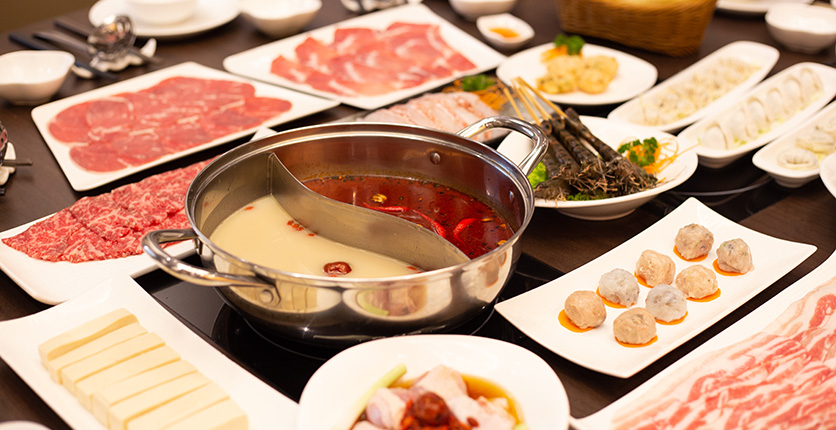
Hotpot
By contrast, hotpot in its core form revolves around a boiling pot of soup, as ingredients such as meat, seafood and vegetables are added. The soup thickens progressively into a broth, as more ingredients are thrown into the bubbling pot, allowing flavours to unfold. Neo gives his take on why the Asian hotpot, which is centuries old, is popular. He says: “Due to the style of cooking, the food where ingredients are poached in the flavoured stock, hotpot or steamboat is considered a healthier ption, as it is less oily.
“Also, fresh ingredients have to be used for steamboat, as there are usually no strong sauces nor seasoning to conceal the taste of stale food.” He proffers another reason why the hearty Asian hotpot is such a popular choice with diners, especially in this day and age, where people are time-starved and engage ceaselessly with their electronic devices. “Personal interaction with loved ones and friends is getting more difficult,” says Neo.
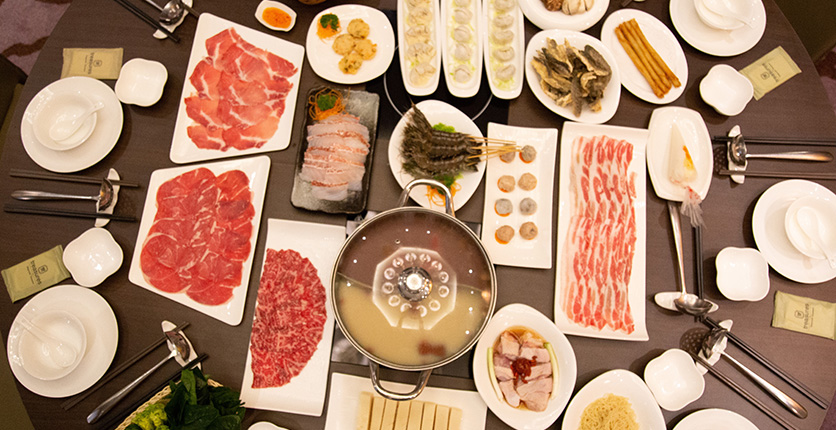
In this respect, it appears that there are more similarities between Spanish tapas and Asian hotpot than is often perceived. Chang explains: “Food is ultimately about people – the people who make and cook it, the people who serve it, and the people you dine with, which makes the experience much more memorable. The act of sharing food in a communal setting helps friends and families bond, mimicking a welcoming, friendly ‘home’ setting.”
And more, says Gibert – it includes culture building. “People are no longer just eating. Instead, eating has become a part of an experience or culture. Eating is an antidote to our current busy lives. It offers an occasion to socialise and break bread together.” Chang concurs. “Food tastes better when shared.”
